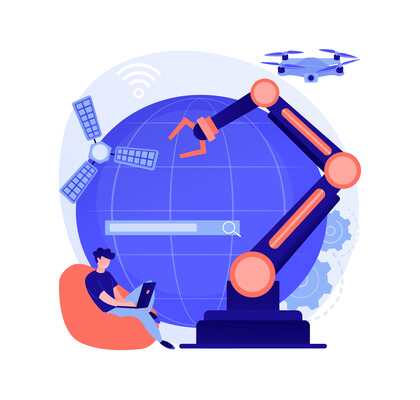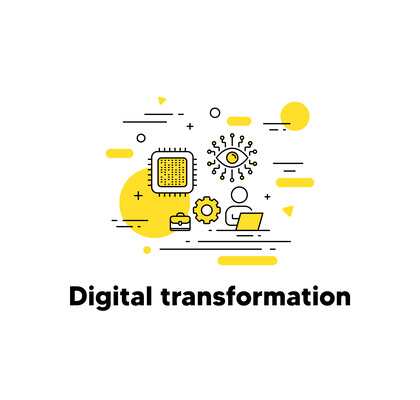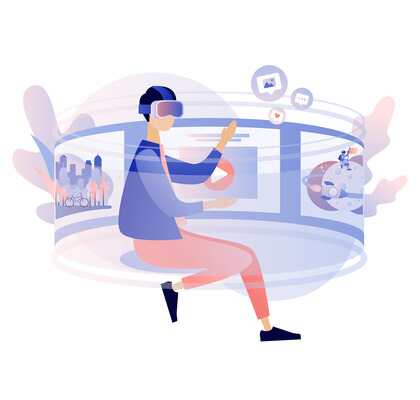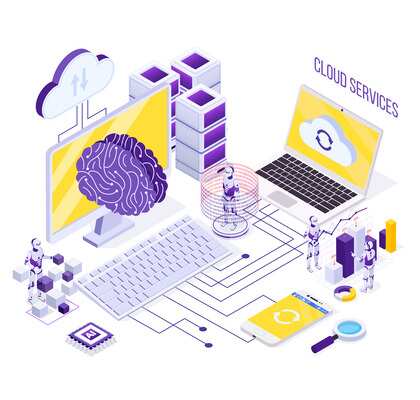Data Revolution: How Analytics is Reshaping Business Success
In today’s fast-paced digital age, businesses across industries are undergoing a data revolution. The abundance of data generated by various sources has given rise to the need for effective analytics to derive meaningful insights. Analytics, powered by advanced technologies and tools, is reshaping the way businesses operate and make decisions. In this article, we will explore the profound impact of analytics on business success and delve into the strategies and benefits it brings. In recent years, the exponential growth of data has transformed the business landscape. Companies are no longer limited to traditional data sources but can tap into vast amounts of structured and unstructured data. This data, when analyzed and interpreted effectively, holds the key to unlocking valuable insights and driving competitive advantage. This is where analytics comes into play. The data revolution refers to the significant shift in the availability, accessibility, and utilization of data for decision-making purposes. It encompasses the collection, storage, processing, and analysis of large volumes of data to uncover patterns, trends, and correlations that can drive strategic actions. Analytics has become a critical element for business success. By leveraging analytics, organizations can gain a deeper understanding of their operations, customers, and market dynamics. It enables evidence-based decision-making, improves operational efficiency, enhances customer experience, and drives innovation. Big data, characterized by its volume, variety, and velocity, has become a valuable asset for businesses. The analysis of big data provides companies with insights that were previously unattainable. With big data analytics, decision-makers can identify trends, detect anomalies, and make informed decisions that drive growth and profitability. Predictive analytics empowers businesses to anticipate future outcomes and trends based on historical data. By applying statistical models and machine learning algorithms to large datasets, organizations can make accurate predictions regarding customer behavior, demand patterns, and market trends. This helps businesses proactively respond to changing market dynamics and stay ahead of the competition. Analytics has revolutionized the way marketing campaigns are planned, executed, and measured. By analyzing customer data, businesses can segment their target audience, personalize marketing messages, and optimize advertising spend. Data-driven marketing strategies ensure that promotional efforts are targeted, relevant, and yield higher conversion rates. Customer experience has become a key differentiator in today’s business landscape. Analytics enables businesses to gain deep insights into customer preferences, behavior, and sentiment. By understanding customer needs and expectations, companies can tailor their products, services, and interactions to create a seamless and personalized experience.
Data revolutionizes business success, and analytics is the key that unlocks its transformative potential, enabling organizations to thrive in a data-driven world.
– Samantha Johnson Efficiency is crucial for business success. Analytics plays a vital role in optimizing operational processes, reducing costs, and improving resource allocation. By analyzing operational data, organizations can identify bottlenecks, streamline workflows, and make data-driven decisions that enhance productivity and profitability. In a highly competitive business environment, gaining a competitive edge is paramount. Analytics empowers businesses to uncover hidden patterns, market trends, and customer insights that give them a competitive advantage. By leveraging data effectively, companies can identify new business opportunities, innovate faster, and stay ahead of the curve. As businesses harness the power of data, ethical considerations become increasingly important. Organizations must ensure that data privacy, security, and compliance are upheld throughout the analytics process. Safeguarding sensitive information and respecting user consent are essential for building trust with customers and maintaining a responsible data-driven approach. While the data revolution brings immense opportunities, it also presents challenges and risks. Data quality, data integration, talent shortage, and data governance are among the hurdles that businesses must overcome. Additionally, there are risks associated with data breaches, privacy violations, and potential biases in analytics algorithms. Addressing these challenges and mitigating risks are crucial for successful implementation of analytics initiatives. The field of analytics is constantly evolving, driven by advancements in technology and changing business needs. Emerging trends include augmented analytics, artificial intelligence, machine learning, and the Internet of Things (IoT). These trends promise to further enhance the capabilities of analytics and unlock new possibilities for businesses across industries. Real-world case studies provide valuable insights into the practical applications of analytics. Companies such as Amazon, Netflix, and Uber have successfully leveraged analytics to transform their industries. By studying these cases, businesses can learn from best practices and gain inspiration for their own analytics initiatives. The data revolution, fueled by analytics, is reshaping the way businesses operate, make decisions, and interact with customers. It offers unprecedented opportunities for growth, efficiency, and innovation. To thrive in the digital era, businesses must embrace analytics as a strategic imperative and leverage its power to drive success.Introduction
Definition of Data Revolution
Importance of Analytics in Business
Role of Big Data in Decision Making
Predictive Analytics for Business Success



Data-Driven Marketing Strategies
Enhancing Customer Experience through Data
Improving Operational Efficiency with Analytics
Leveraging Data for Competitive Advantage
Ethical Considerations in Data Analytics
Challenges and Risks in the Data Revolution
Future Trends in Analytics
Case Studies: Successful Implementation of Analytics

Conclusion














































